“It’s such an accident that I even became a photographer,” says Henry Diltz, before the start of his latest exhibit at the Morrison Hotel Gallery in New York City. “I wasn’t thinking about it at all.” Sitting inside the namesake gallery of the second album cover he ever photographed, the Doors‘ fifth album, Morrison Hotel, from 1970, Diltz still appears in awe of the moments he’s captured throughout his 60-year career.
His gaze darts around the gallery, where a selection of his photographs, within the Morrison Hotel Gallery permanent collection, is on display through September 8, two days after his 87th birthday, and the stories flood in. On the walls, Jimi Hendrix is sitting on a couch, mid-conversation. There’s a close-up of Grace Slick in the fields at Woodstock, and Joni Mitchell peering out her windowsill in Laurel Canyon. All of Diltz’s photographs are intimate and were never staged or provoked in any way.
“I wasn’t a real photographer,” says Diltz. “I didn’t walk in and say, ‘Okay, everybody stand over there and watch the birdie.’ I was very subtle.”
A musician before he veered into photography, from 1962 through ’66, Diltz was a member of Modern Folk Quartet, who recorded two albums at the time, and a Harry Nilsson co-penned “This Could Be the Night” with producer Phil Spector.
Videos by American Songwriter

While playing with Modern Folk Quartet, Diltz also started plunging into photography, shooting album covers, publicity shots, and taking some of his earlier photographs of musicians and friends within Laurel Canyon.
By 1969, Diltz had become an official photographer at Woodstock—a role he’d return to with the 1994 and 1999 installments—and also shot his first album cover, Crosby, Stills & Nash‘s eponymous 1969 debut outside a dilapidated shack in West Hollywood. The CSN cover him to the Doors looking out of the lobby of the Morrison Hotel in Downtown Los Angeles.
I wasn’t a real photographer. I didn’t walk in and say, ‘Okay, everybody stand over there and watch the birdie.’
Henry Diltz
Now, six decades since Diltz bought a secondhand Japanese camera for $20 and started snapping away, he’s captured thousands of moments and hundreds of artists from the Rolling Stones, Paul McCartney, the Who, The Band, Jackson Browne, Linda Ronstadt, Jerry Garcia, and Kurt Cobain, among many others, as the invisible bystander.
Diltz sat down with American Songwriter, while in New York City, recalling stories behind some of his iconic images, favorite songwriters and friends he’s photographed, and why he’s still shooting at least 100 photos a day.
American Songwriter: Before photography, there was music with your folk band, Modern Folk Quartet. You already had a solid background as a musician. Did that help you transition into photography?
Henry Diltz: Musicians all belong to a club. If you meet a musician, you’re friends, because we understand life that way. So it was easy for me to hang out with them. And I knew how to hang out. Musicians know how to hang out.
I sang folk music in the early ‘60s. We were in California from ’63 to ’66, and recorded “This Could Be the Night” with [Phil] Spector in ’65, and he didn’t put it out for the longest time. We were waiting all summer like, “Oh boy, we’re gonna be famous,” and they never put it out. It came out about a year later on this compilation album in England, and that’s when we first heard it.
Spector wanted to do something with folk rock, so we went up to his house for several months, hanging out with him, playing music. And we recorded that song, and Brian Wilson was sitting in the control room listening to us. He was our hero. When we went to gigs, we would be in the van, and someone would go Round round get around, I get around, and that was our warm-up song. And we were a four-part harmony group.
Spector had never done anything with a group like that, and Brian was in awe of Spector.

AS: Were you writing at this point or sourcing songs from the past?
HD: When you sang folk music, you didn’t write a folk song; you found an old song and you redid it. [Pete] Seeger wrote, and [Bob] Dylan, but everyone (in folk) mostly looked to old Appalachian Mountain songs, sailors, cowboys, and all of that stuff. Then something happened in ’64: The Beatles played Ed Sullivan.
We were on the road and were going, “Oh, the Beatles. We’ve heard about them. We know they’re supposed to be great, but we had never really seen them.” We pulled into a motel by eight o’clock on Sunday to see them on that show. And the first thing our bass player said was, “Look, he’s playing an electric bass.” A week later, we had an electric bass, and then we became folk rock. And so did the Byrds and the Buffalo Springfield.
When the Beatles played Sullivan, they were singing their own songs. They kind of ushered in the idea of writing your own songs. It was like a renaissance, a flowering of people writing their own songs. In the old days, Frank Sinatra never wrote songs. Elvis never wrote. There were the songwriters in the Brill Building.
What happened in the late ’60s is that songwriters started writing their own songs. And you had a woman like Joni Mitchell, writing about her loves and how she feels about life, and you see her singing her own songs. It was the whole package. Then you had people like James Taylor, Crosby, Stills & Nash, Neil Young, Jackson Browne…

AS: You’ve photographed some of the best, but who are some of your favorite songwriters?
HD: My favorite songwriter is Jimmy Webb. His songs are so … it’s him singing them to himself. It’s that Oklahoma accent, and he plays the chords like a whole orchestra. It’s beautiful, so moving. I get tears in my eyes when I see him play. Jackson Browne, I love. His voice is like an anthem when he sings. Dan Fogelberg was a guy I loved. I’m good friends with the guys in America. Gerry Beckley and Dewey Bunnell wrote amazing songs.
AS: In the early ’60s, you had already connected with Stephen Stills years before CSN and the cover.
HD: I met Stephen Stills in Greenwich Village in ’63. We were playing at the Village Gate because we could open for a jazz musician or a comedian. Folk was mixed in with other stuff back then, and Stephen [Stills] was a young guy, maybe 19 years old, playing in a little coffee house. Then, he would come and sit on the stage and listen to us. He said he really liked our harmonies.
Musicians all belong to a club. If you meet a musician, you’re friends, because we understand life that way. So it was easy for me to hang out with them. And I knew how to hang out. Musicians know how to hang out.
Henry Diltz
AS: It’s like you were saying about musicians being in a “club.” That’s why you were able to get so many of these intimate photos.
HD: The Red Hot Chili Peppers were playing a big show, and I had never met them before. And the guy from the record company said, “Just go in the dressing room and take some pictures.” I walked in, and there were about 20 people, and everybody started to look. I didn’t bring my camera out for about five minutes until people resumed what they were doing. I like to watch people. I like to see what they’re really doing. I don’t want to set things up.
I’m very curious about people. Also, my Chinese animal is the tiger, and the tiger likes to hide in the bushes and watch other animals. And that’s what I do.
AS: What was the difference between shooting in the ‘60s and ‘70s artists compared to the ‘80s or ’90s and today?
HD: I’m much more aware of photography now. When the Doors played the Hollywood Bowl, I was the only photographer there. Can you imagine now if the Doors played the Hollywood Bowl, there would be lines and lines. It wasn’t a big thing then. I didn’t come on like a photographer. I didn’t walk in holding my camera. I was subtle about it.
AS: Would you say some of your best photos were happy accidents?
HD: Sure, because you’re hanging out with somebody. I was taking publicity pictures of James Taylor, whom I didn’t know at first. We just met and went out to this musical commune called The Farm. There were all these little sheds, and this big post, and he just leaned on it, and I framed it. It’s still one of my favorite portraits.

AS: Are there any more contemporary bands or artists you’ve enjoyed shooting recently?
HD: My latest album cover was John Cowsill and Vicki Peterson from the Bangles. I went out to Topanga Canyon, and we walked around for a while. They were in a truck, so there’s a picture of him sitting at the wheel of his truck and the two of them looking out the window. I also just shot Shaboozey for Jack Daniels.
After 60 years, it turns into books, gallery shows. I’m not going out to the clubs like I used to, but I take photos every day. I take 100 photos a day of whatever I see on the street.
AS: You said you weren’t a “real photographer” because you never used traditional lighting. Was there a point when the process changed?
HD: No, I never used lighting. Maybe once or twice, I had to do a studio thing, and a friend of mine brought his lights in. I use God’s light.
AS: Why do you still love photography?
HD: I’m a Virgo. Virgos like to compartmentalize and collect things. They like boxes. Moments are like that for me. I used to have a camera bag with two cameras, five lenses, a meter, film, batteries, and it was about 30 pounds. Now, I have this little Sony that I carry around. Today, I took a walk in the rain. I see faces all over. And I take pictures of faces.
People talk about having a divine plan. Before you come down here, there’s a plan, and you’re going to pick up where you left off. I sometimes think I was a painter in a past lifetime. Because when I go into a museum and look at a Van Gogh, I say, “I can do that. I know that.” A photographer is just a quicker way of being a painter.
Diltz shares stories behind five of his favorite photographs:

Keith Richards and Jack Daniels at the airport: That picture of Keith, where he’s holding a bottle of Jack Daniels … because of that [photo], there was a restaurant in LA, and that picture was on every menu on the tables. It was their nighttime menu, and it was great. But I got to be friendly with the bartender, who then, unbelievably, became a PR guy for Jack Daniels.


Mick Jagger with a smiling Bianca Jagger: We were in Amsterdam. I was living in England with Steven Stills, and he wanted to go see the Rolling Stones in Amsterdam. So we’re back in his (Jagger’s) dressing room, and I was crouching behind the coffee table, looking through those glasses, trying to hide. That’s the bushes, those glasses. I wanted to get a great portrait of him, and that lady (Bianca Jagger) kept looking at me, posing and smiling. I didn’t know who she was, and I’m saying to myself, “Stop looking at me.”

Joni Mitchell at home in Laurel Canyon: I had a graphic artist partner (Gary Burton), and the two of us walked up the steps to meet her to take pictures. She was waiting for us and said, “Hi boys, morning,” and then I just took some pictures of her out on the windowsill. In that shot, she’s talking to Gary Burton, while I’m taking the pictures.

Paul and Linda McCartney: I met Linda Eastman in New York at a photo lab. We were getting film developed, and we were casual friends. I met her a few times. We had lunch. And about a year later, I was amazed to see she married Paul McCartney. So she called me one day when they were in California at a beach house and asked me to come down to photograph them. And we spent the day together. And this is something I just loved: Paul was sitting there playing his ukulele by the pool all afternoon. We had lunch and he just clinked away while we were talking, just kind of strumming. And his little daughters, Heather and Mary, held hands and jumped in the pool, and he started singing “Two little sisters jumping in the pool,” and it was a beautiful little melody. I’ll bet you no one else will ever hear that.
Then, a while later, about a year later, I heard “Someone’s knocking at the door?… Sister Suzy, brother John / Martin Luther, Phil, and Don…” (“Let ‘Em In,” Wings, 1976), and I just knew, in an instant, he was sitting there on the couch with his feet on the coffee table, playing, and there was a knock at the door. And he just said, “Who’s that knocking at the door?” I asked him about a year ago at Glastonbury. I said, “I always tell that story about you writing two little sisters jumping in the pool.” He never wrote that song; it was just for that moment. And I said, “I always tell people, I know you were sitting there when someone knocked on the door, and you just said, ‘Who’s that?’ And he said, “That’s right.”
See more from Diltz’s collection at the Morrison Hotel Gallery below.
Photos by Henry Diltz













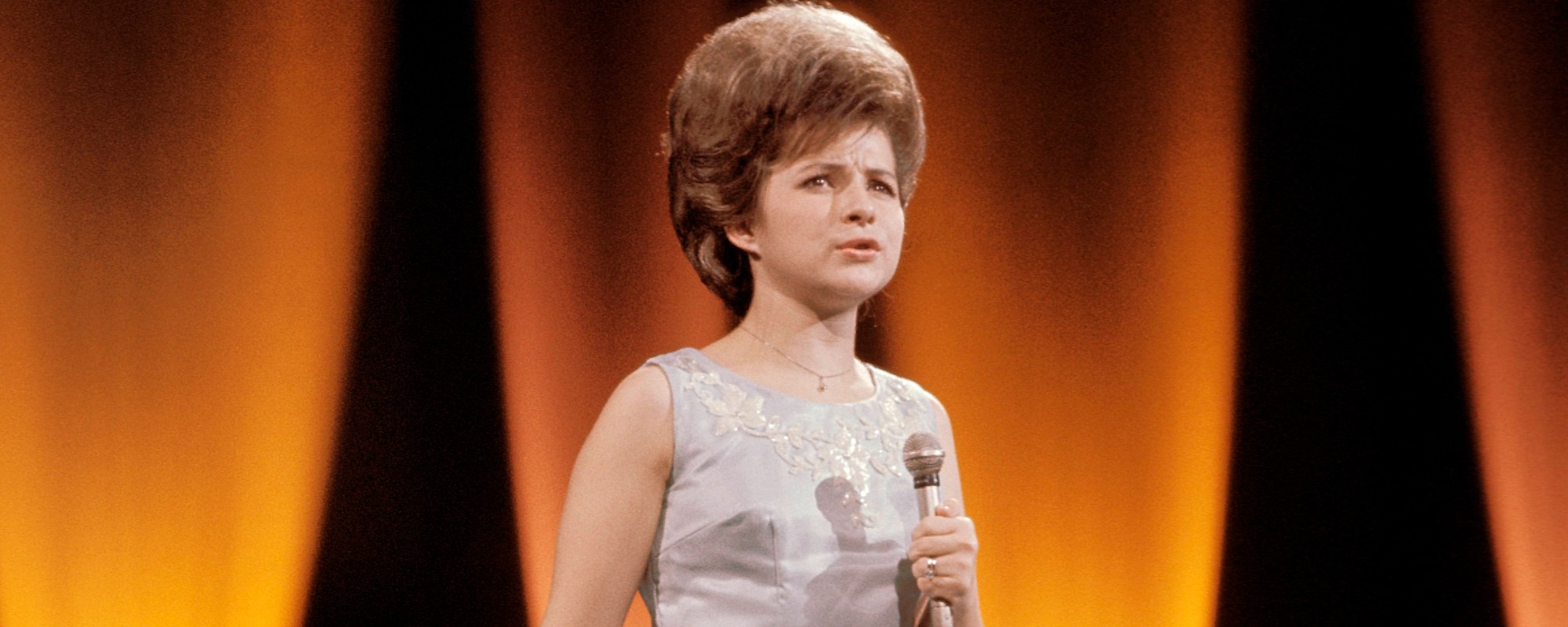
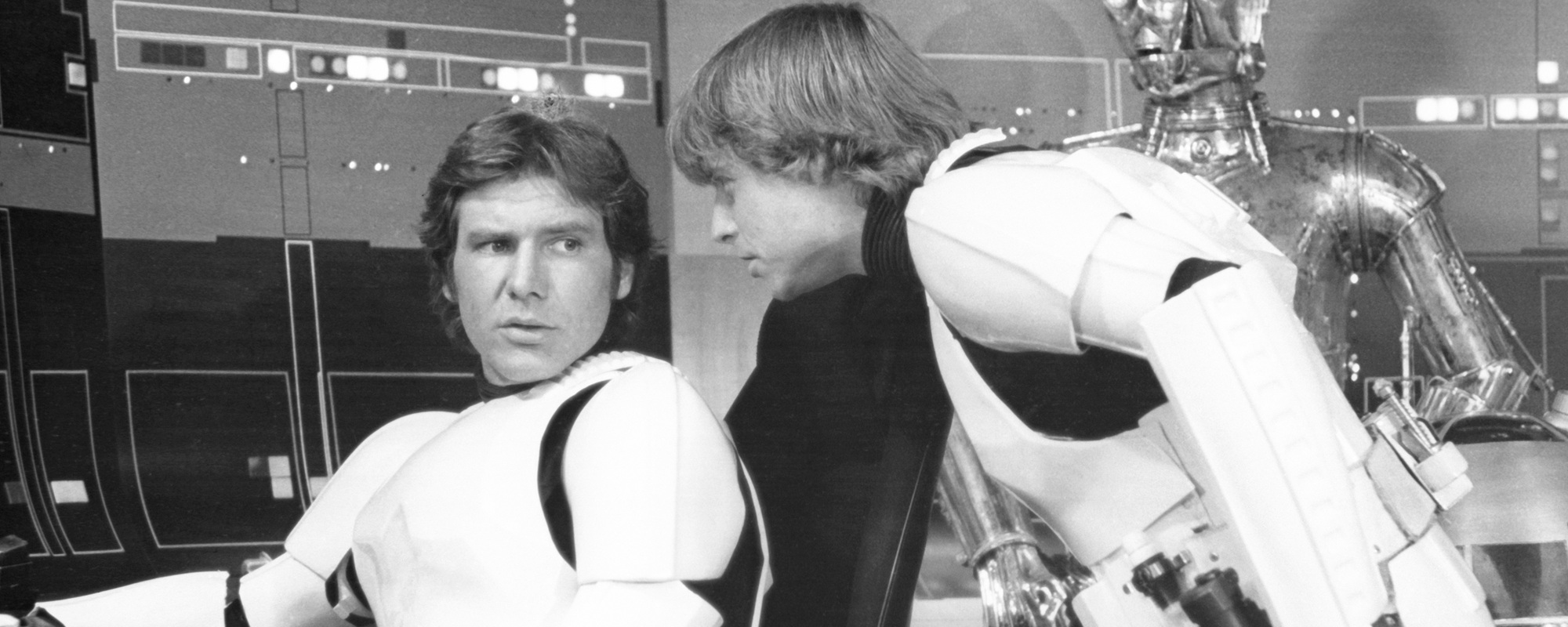
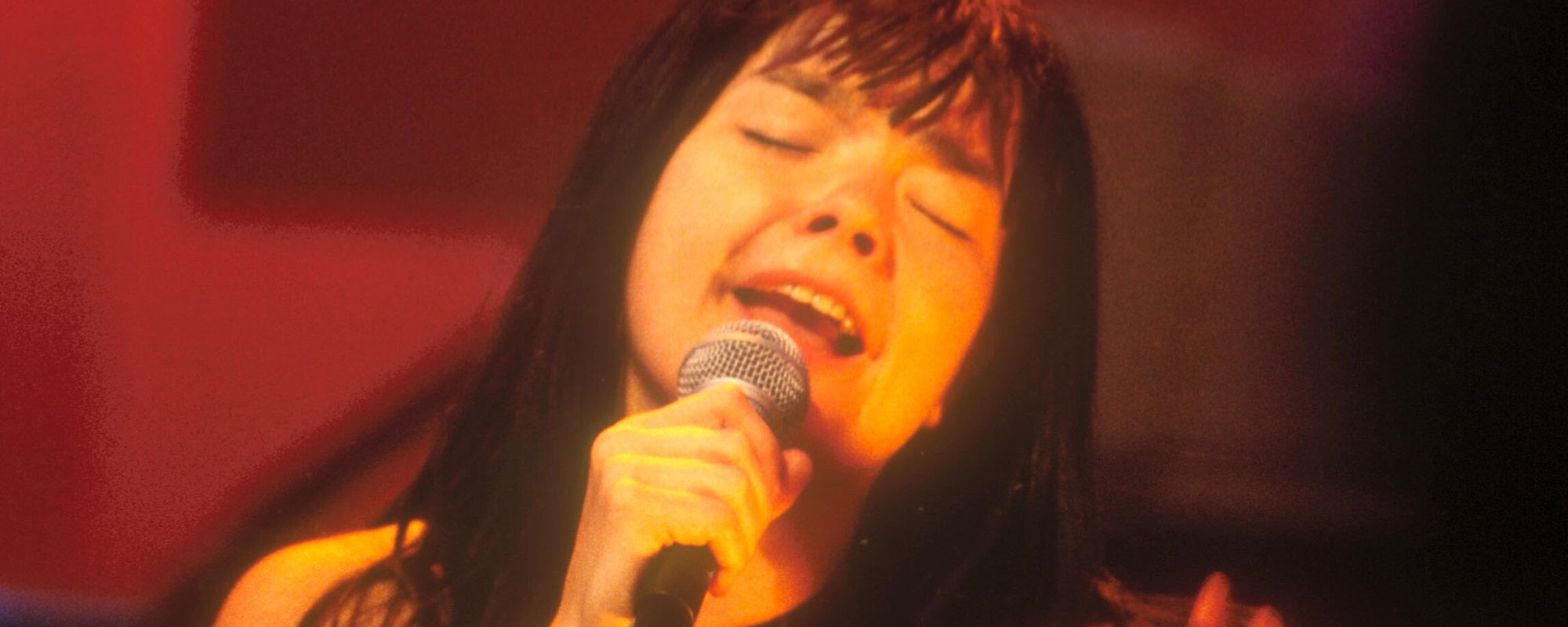
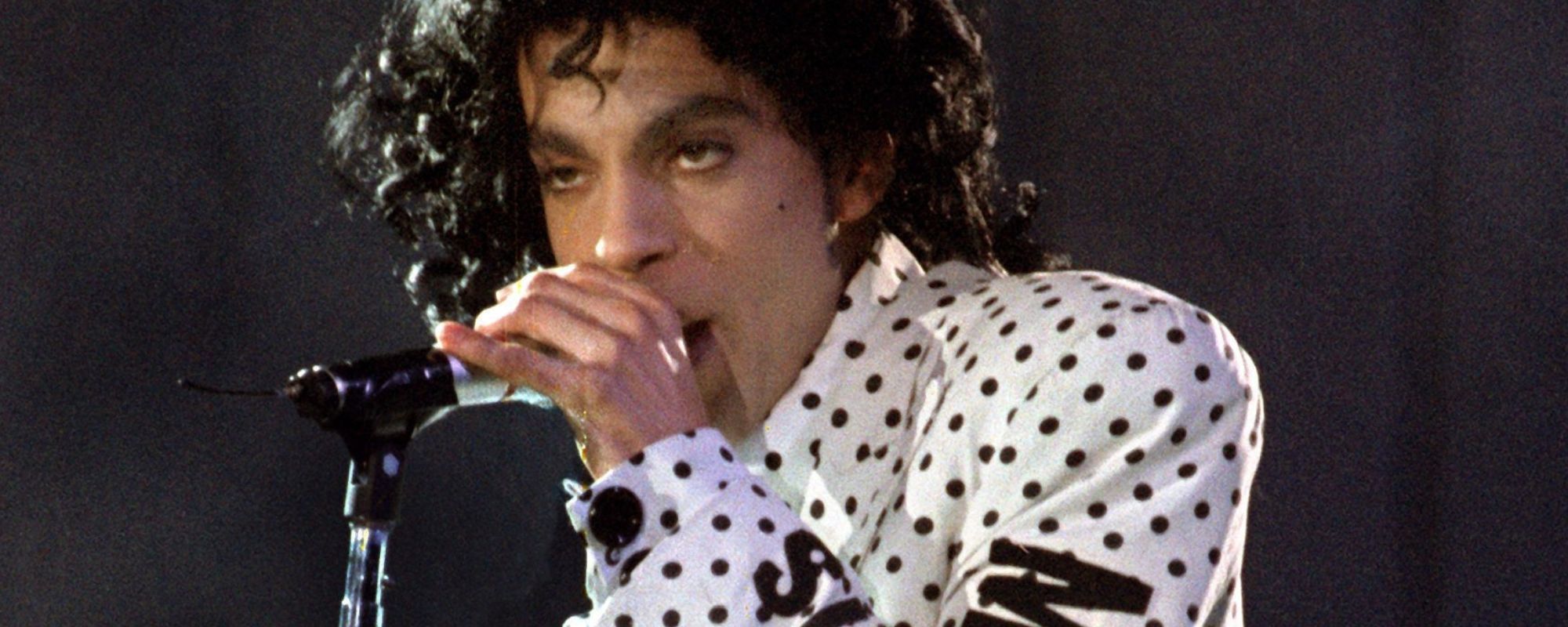
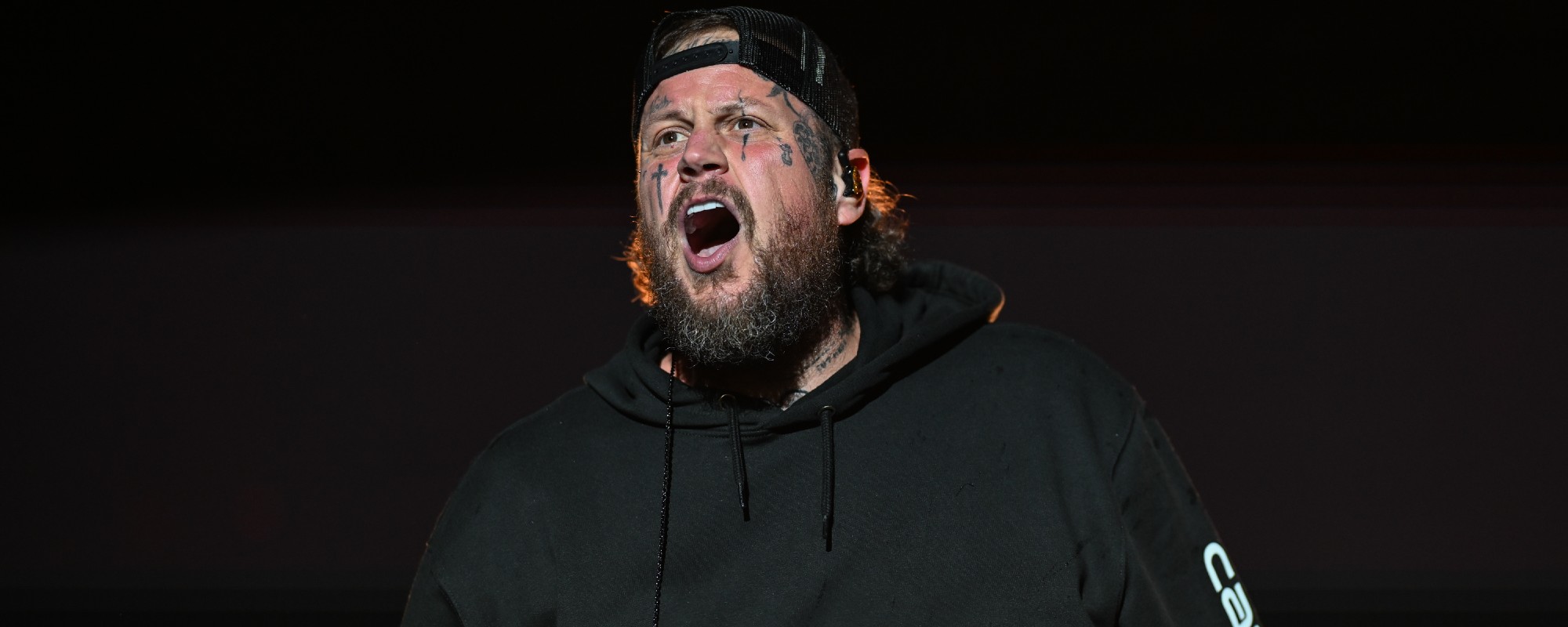

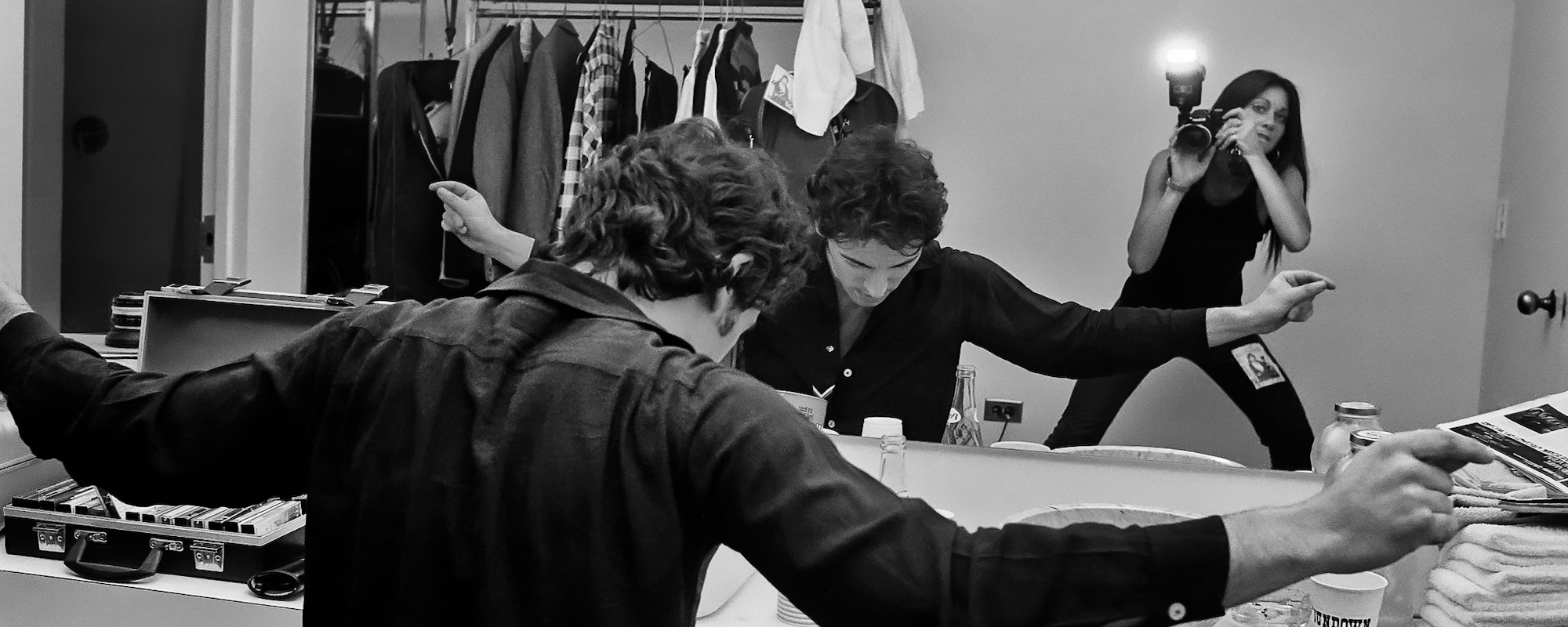

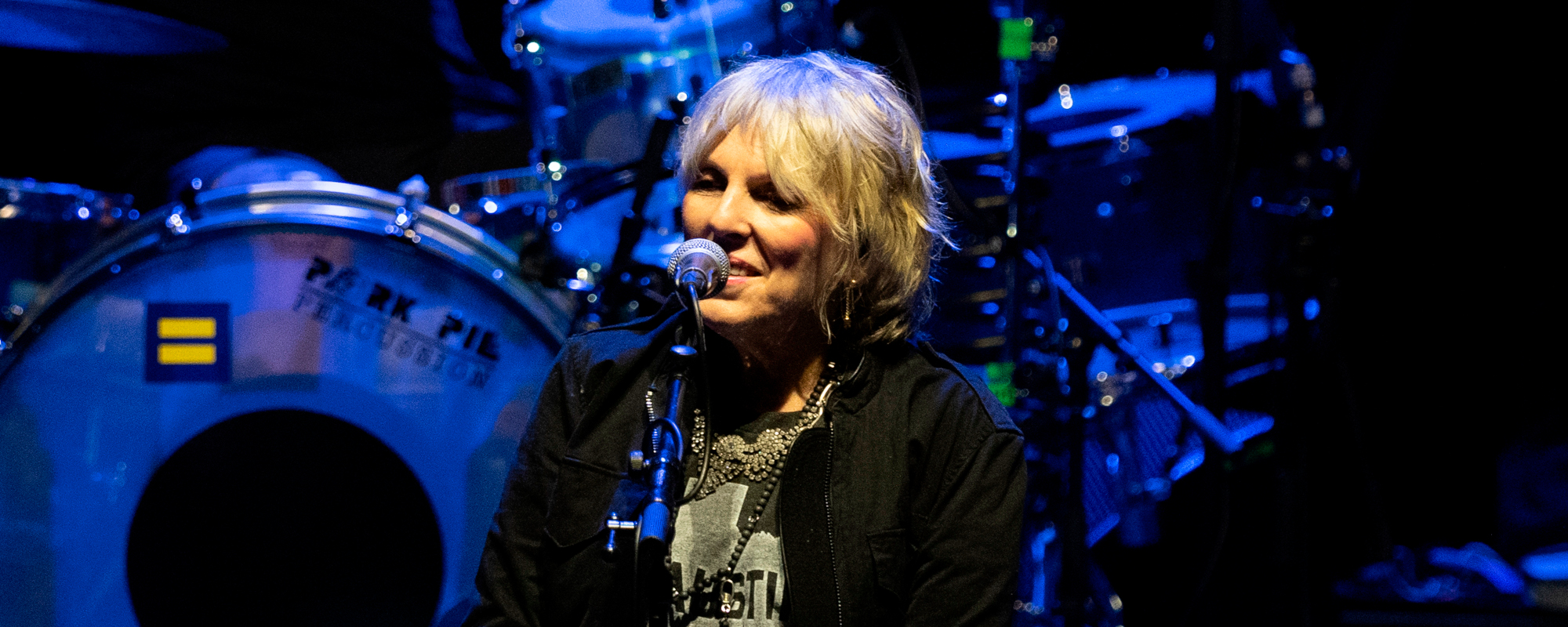
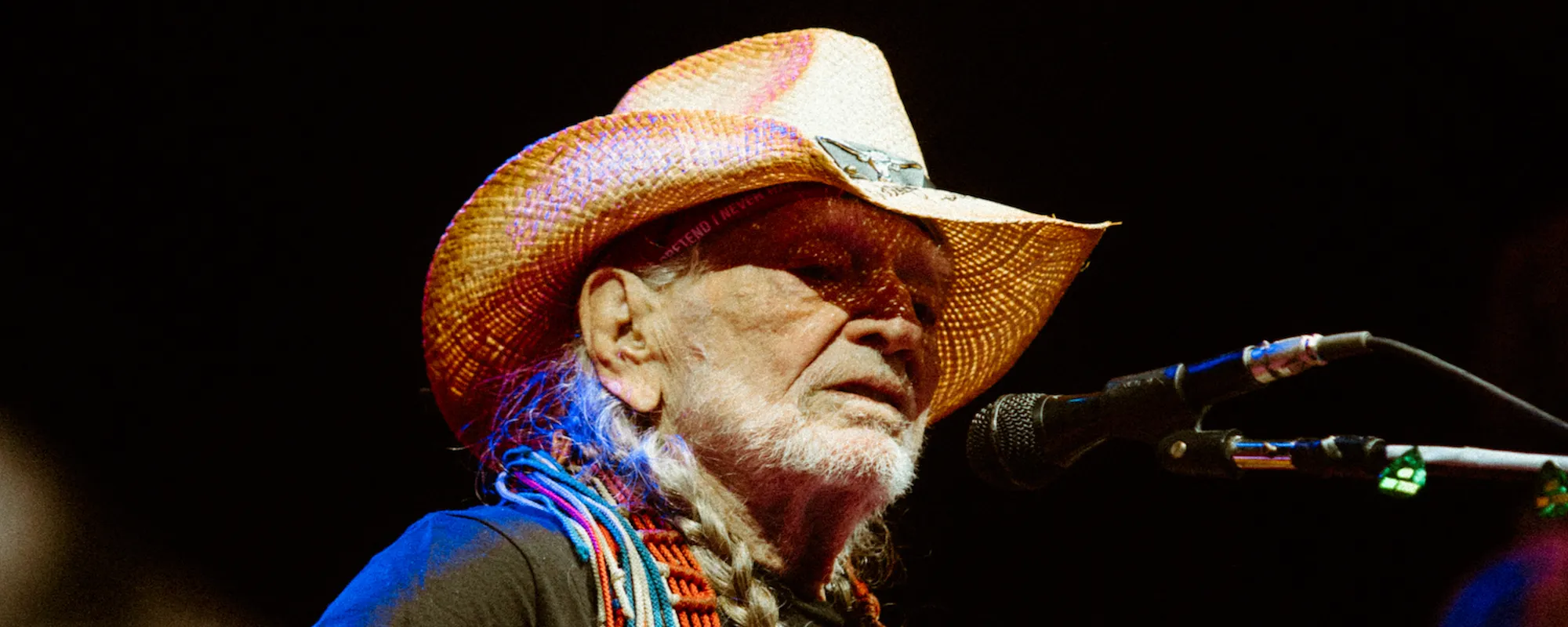
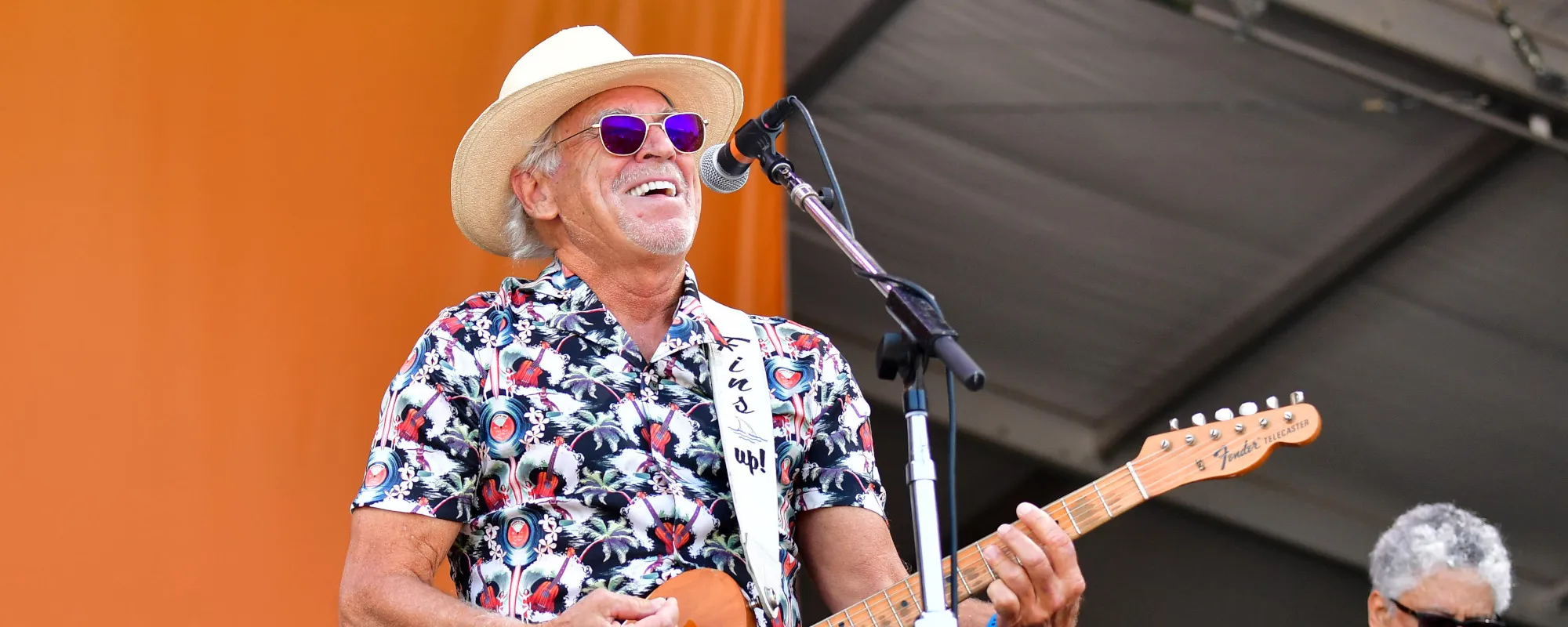
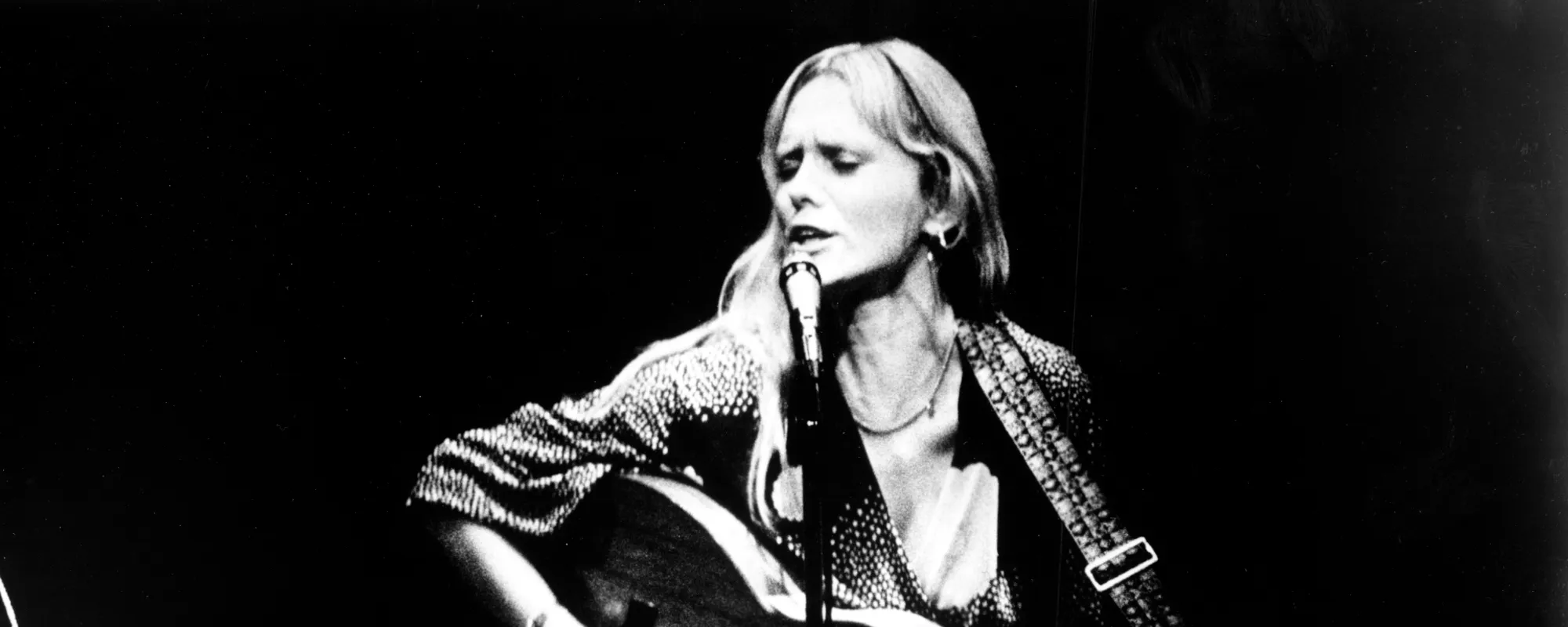
Leave a Reply
Only members can comment. Become a member. Already a member? Log in.